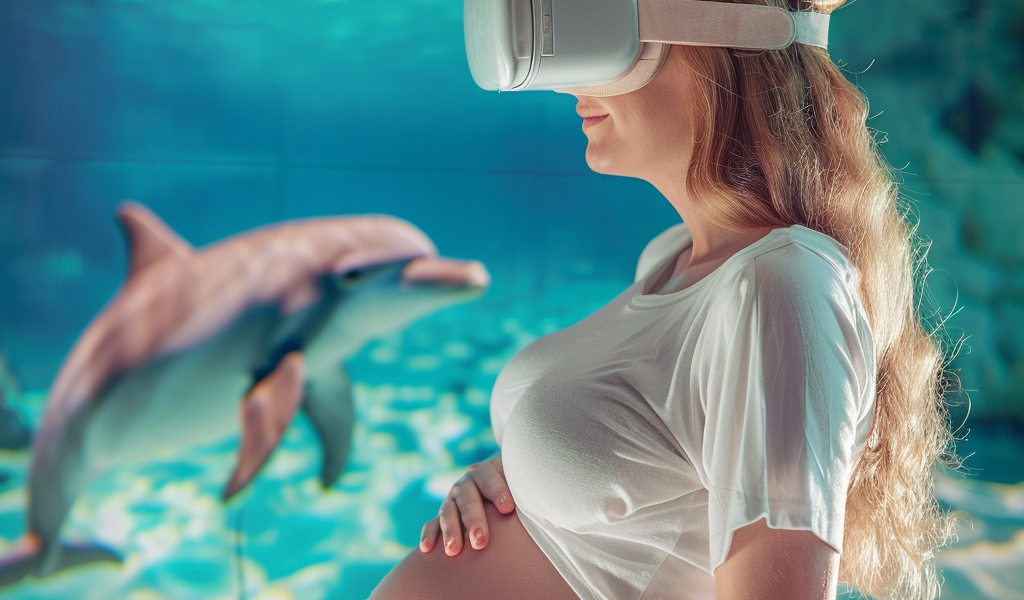In a recent study published in the journal PLOS ONE, researchers have delved into the potential of virtual reality (VR) as a non-pharmacological method for alleviating labor pain and anxiety among women. The study titled ‘Giving birth on a beach’: Women’s experiences of using virtual reality in labor, explores how VR can transform the labor experience.
Childbirth is a significant and transformative event in a woman’s life, often accompanied by intense labor pain and anxiety. Beyond the physical aspects, labor pain also encompasses emotional and psychological dimensions that contribute to a sense of fulfillment and achievement.
Expectant mothers who opt for a natural birth often seek non-pharmacological interventions to manage the intensity of labor pain and associated anxiety. Techniques such as heat packs, water immersion, massage, and acupressure are commonly used to boost self-confidence, enhance satisfaction, and facilitate responsiveness to the birthing process.
Various distraction methods like music therapy, visualization, and hypnobirthing have proven effective in reducing labor pain. Virtual reality, in particular, has shown promise in mitigating acute pain and anxiety across different healthcare settings.
Virtual reality technology enables users to immerse themselves in a three-dimensional computer-generated environment using a headset, providing a multisensory experience. The therapeutic effectiveness of VR in pain management hinges on creating a sense of presence and immersion during the experience.
The study involved 25 pregnant women who were interviewed one to two weeks post-delivery, with 19 participants utilizing VR during early and active labor stages. These women were exposed to various VR environments, including tropical beaches, underwater dolphin scenes, and animal safaris, with their qualitative interviews recorded and transcribed for analysis.
Thematic analysis of the data revealed three key themes: the impact of VR on the labor experience, the use of VR in managing labor pain, and the challenges associated with VR utilization during labor. VR was noted for its ability to serve as a distraction tool, helping women escape the hospital setting, alleviate boredom during prolonged labor, and reduce pain and anxiety.
Participants reported feelings of relaxation, enjoyment, and decreased anxiety while engaging with VR. The immersive nature of the technology allowed women to temporarily disconnect from the realities of labor, enhancing their overall birthing experience.





